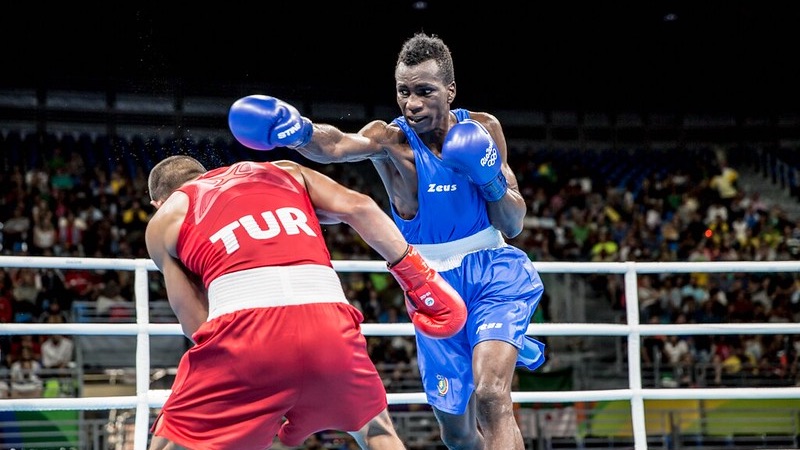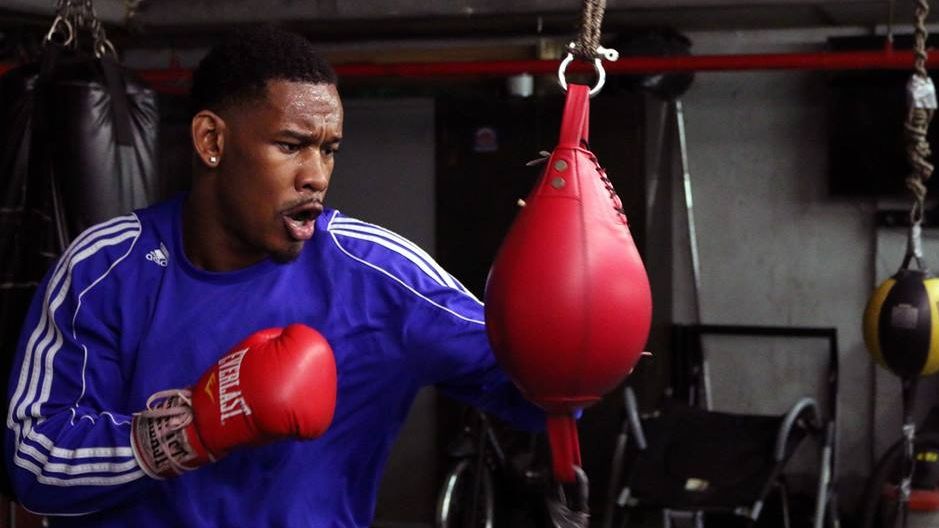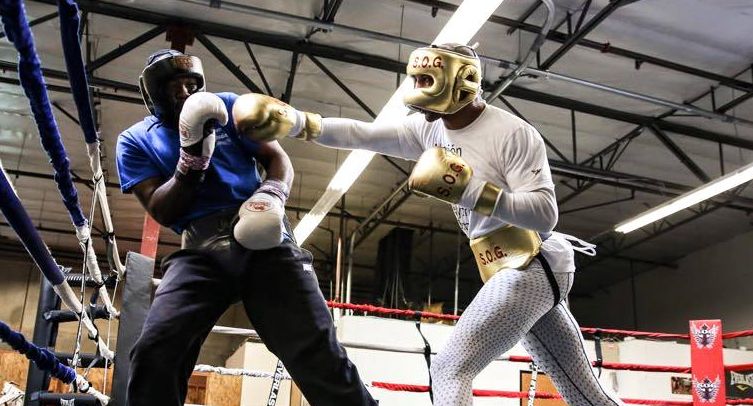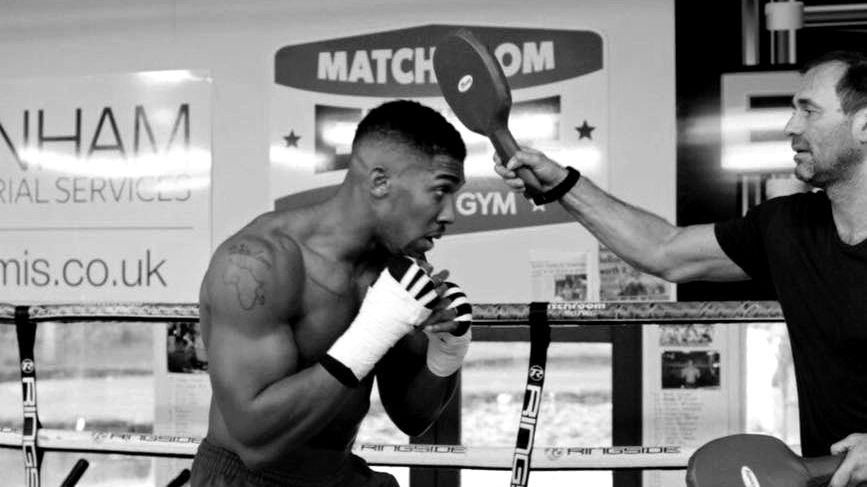The noble art of boxing is all about hitting and not getting hit. It sounds so simple when you put it in those most basic terms, but in reality, it’s far more easily said than done. The punches come at you thick and fast, and it becomes immediately apparent that your opponent means business. Such is the nature of combat sports, having an opponent trying to take your head off is all part of the game.
It’s not all doom and gloom, however, with enough practice, you can outmaneuver your opponent. As a boxer, your defense is everything, therefore practicing evasive tactics is probably one of the most important things you can do. Simply knowing is not enough, you have to put in the hours drilling these things until they become a natural reaction when somebody throws a punch at you.
If practiced properly, your muscle memory will enable you to perform all kinds of evasive maneuvers to get you out of danger and into a better position to throw a counter of your own. Nothing is more disheartening than throwing a punch at someone, missing, and receiving two or three back as punishment. This guide will help you to make your opponent miss and make them pay.
What Is A Slip?
A slip is when you dodge a punch by leaning your head just slightly out of the way of the incoming shot, either to the inside so that you end up directly in front of your opponent or the other side so that your head ends up on the outside of their lead shoulder. There are pros and cons to slipping each direction, and which way you go should depend on what you are going to follow up with after you’ve slipped the punch.
Naturally, slipping to the inside in more dangerous, as you risk colliding with your opponent’s rear hand if they follow their jab with a cross. For this reason, it is of vital importance to tilt your head way off the center line when slipping to the inside, keeping in mind that you are still susceptible to hooks and uppercuts in this position. The good news is slipping to the inside is the best way to land a liver shot, assuming you and your opponent are both fighting from an orthodox stance.
Slipping to the outside is generally a safer move, but unless you are fighting a southpaw, it won’t offer you the added benefit of a liver shot. What it will do, however, is put your opponent out of position, giving you a millisecond of an opening to throw a punch or two before they readjust. Keep in mind that it’s always better to throw a punch from where you can hit them, but they can’t hit you.
Body Positioning
Generally, in boxing, there are two foot positions, each with their advantages and disadvantages. The most common is a bladed stance, standing almost completely side on with your lead toe and rear heel parallel. This type of stance is great for in and outmaneuvers as it allows you to explode in and out of range, but it also makes it more difficult to slip to the inside without losing balance. This is because leaning your head further out than your lead foot can compromise your center of gravity.
A squared stance is generally used by more aggressive pressure fighters who rely on head movement when walking down their opponent. Mike Tyson is the best example of a squared stance being utilized for an aggressive defense. The beauty of the squared stance is it allows you to slip left or right whilst keeping your center of gravity and thus maintaining your balance, as well as offering more angles of attack. This is, of course, negated by lack of range and your body being a bigger target.
Whichever stance you go with should be based on what works for you. If you are a forward pressure fighter, the squared stance is your best bet as you can slip either way to work your way in, whereas if you are more of a long-range fighter, use the bladed stance to easily pop in and out of range.
Technique
Timing is everything when it comes to slipping punches. If you’re even slightly late, you’ll likely get tagged, and if you’re too early, your opponent will track your movement and either step away or counter you. The real key to slipping effectively is to trigger your opponent into throwing, rather than waiting and relying on your reflexes. This can be done by leaning forward to make yourself appear closer than you are, or by using feints to trick them into committing to a shot.
The most important part of slipping correctly is shifting your weight onto your front leg as you lean. From this position, your hips are loaded up like a spring, giving you added torque for your punch. Having your weight on your front foot will also help to keep you balanced and ground your feet to allow for maximum power and stability.
Sink your waist so that your head is just about lower than your opponent’s lead shoulder, doing so will make you a smaller target and reduce the risk of you slipping into a punch. You will want to keep your hands up as you move just in case you don’t slip wide enough, and you should keep your rear hand fully up to protect you from counter hooks.
As you twist and sink your hips, keep your rear foot on its toes so that it can pivot the direction you are slipping, doing so will give you greater mobility. Nothing is stopping you from throwing a body shot as you slip, but keep in mind that the hand being lowered will make you more susceptible to a counter.
As effective as slipping is for setting up counters, it’s not always the best course of action. If you use it too freely, your opponent will work out what you are up to and likely throw a feint to get you to commit to a slip. Sometimes it’s better to parry or to take a step back to make your opponent overextend. Similarly, if you have taken a big shot and are wobbled, shelling up or clinching is the safer move as getting caught mid slip might be enough to put you down.
Drilling Slips
As for drilling, a double-sided speed bag is a good way to get comfortable with the slipping movements. Having a training partner use foam sticks to work on your head movement and combining slips into your pad workouts will improve your speed and muscle memory so that slipping becomes second nature. Also, using a slip rope to drill your slips is great too. Above all else, keep your movements tight and explosive and keep your guard up at all times.














